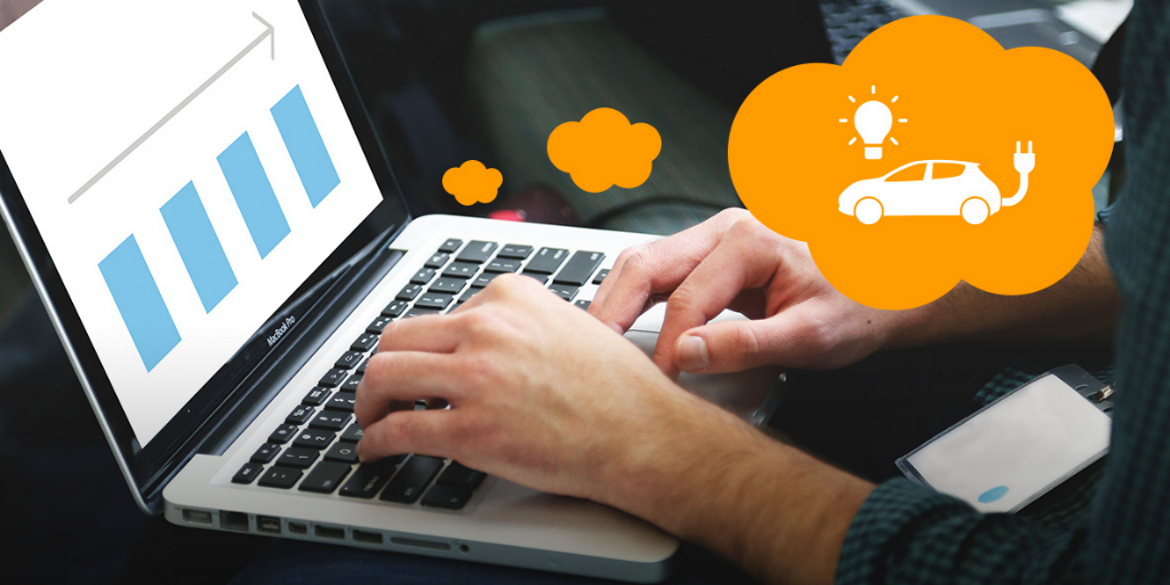There are currently 14 all-electric vehicles (EVs) on the market, and eight of the top-ten vehicle manufacturers now have a plug-in vehicle for the average consumer in their line-up. With all the news, there is no doubt that Tesla Model 3 reservations of more than 370,000 vehicles is a big deal, and that finally electric vehicles are here to stay.
In-home charging of those electric vehicles increases household energy usage, on average, by roughly 23% [in Phoenix] according to Salt River Project’s (SRP) Kathy Knoop. So, it’s no surprise that in a recent webinar poll, 57% of utility attendees reported already having an EV program and only 3% had no plans to develop one. Goals for these programs range from growing smart load, to enhancing customer relationships and demonstrating clean energy leadership.
Across the various programs, utilities reported use of a wide-range of approaches to their EV programs and plans. As shown in Figure 1, utilities are most commonly focusing on consumer education [26%] and offering time-of-use rate plans [27%].

One significant component of Salt River Project’s electric vehicle program is an EV Community and Community Advisory Board. It’s a goal of their EV program to learn where EVs are located—this can help inform their planning, marketing and operations.
There are approximately 3,000 EVs now in the Valley of the Sun, and through the Salt River Project program, about one-third of these EVs are registered with SRP—giving them needed location and charging level details.
The grid management group monitors all SRP feeders and transformers daily, but with the addresses of EV customers on hand, they can also take a closer look at the incremental impact that EV owners are having on the distribution transformers—just one of the uses for this information.
Looking for other information and ideas about how great EV programs are structured? Check out our on-demand event where Kathy Knoop from SRP further details the strategy and tactics around their EV program: “Electric Vehicles: Increasing the Bottom Line for Consumers and Utilities”
